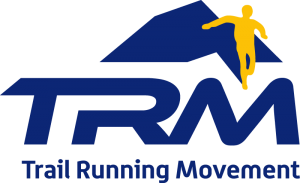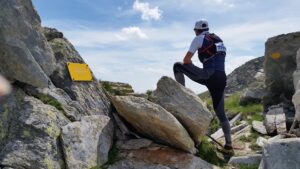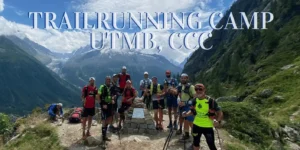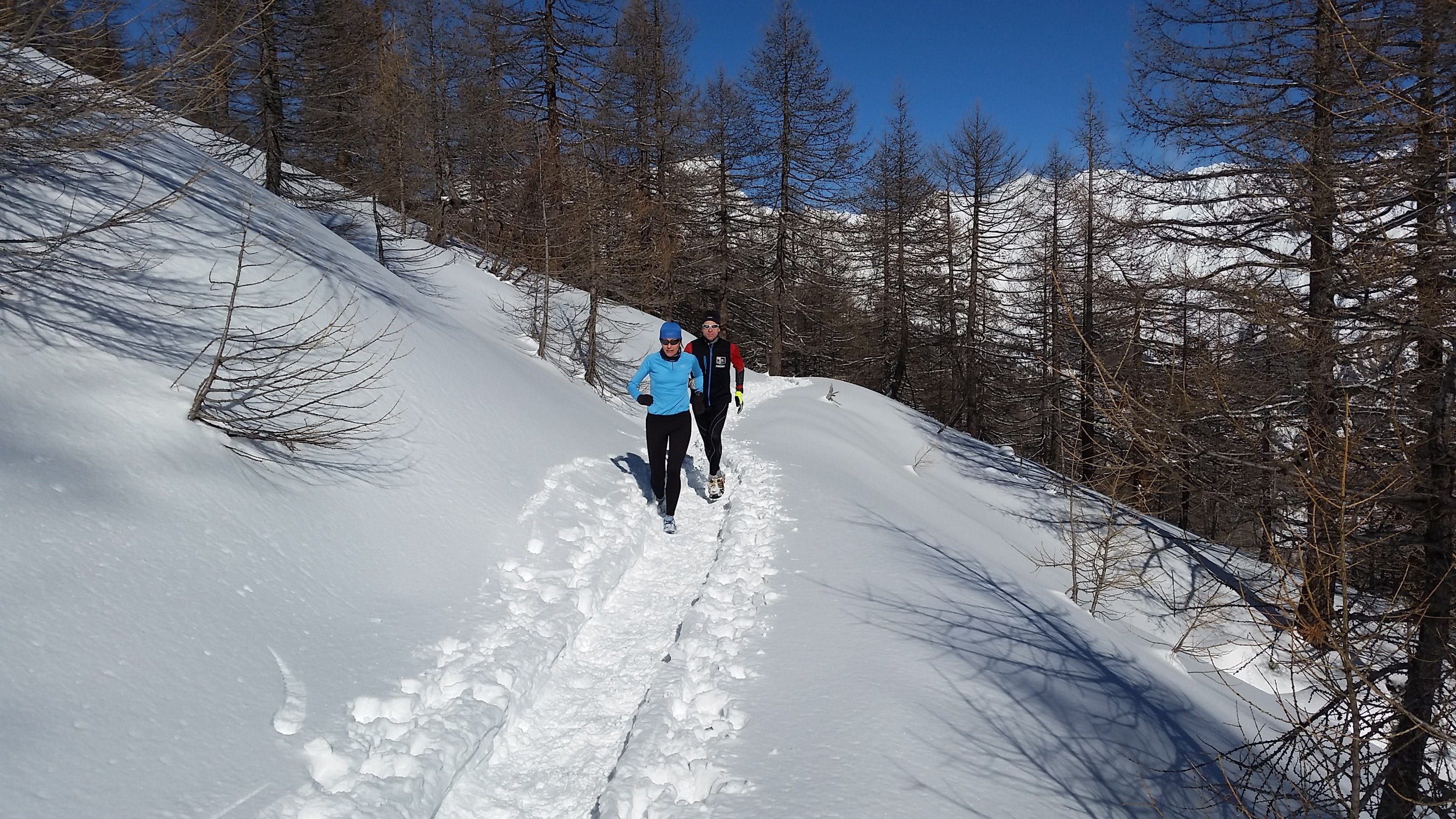
10 TIPS ON HOW TO TRAIN FOR A SNOW TRAIL
Running on the snow, in training or competition is fun but requires, like any discipline, specific preparation and technique to avoid being injured due to accidental falls or efforts to which your body is not accustomed. You have to think a little more about what you will do, plan well where you will run and for how long. Safety is very important!
We have collected 10 tips for you from the TRM Coaches to prepare you for a Snow Trail:
- Train your core muscles, proprioception, general and peripheral coordination skills and start your training with a warmup phase and stretching. The snowy terrain presents many difficulties: fresh snow where you sink, slippery ice, etc.
- Develop your maximum aerobic speed. The trail running races on the snow are usually short and fast and require a physical effort similar to a Vertical competition
- Protect the skin of your feet with appropriate creams. The cold climate dries the skin, leaving it more prone to chafing and the wet socks contribute to the formation of blisters
- Wear breathable technical clothes, covering your head and hands to avoid heat loss and increase of energy expenditure
- Remember that if you choose Gore-tex shoes, once you have wet your feet you will remain wet all the time. A good solution is to use the gaiters
- Get used to run wearing spikes specially designed for trail running shoes. You find both snow and ice spikes and you have to choose which ones to use according to the characteristics of the terrain conditions
- Keep in mind that your running pace will be modified and you will be forced to lift your knees higher than usual. To avoid wasting energy, shorten your stride and increase the frequency.
- Cold increases energy expenditure and consumption. Take this into account in planning your trail running race or training and do not program fasting workouts
- Although you feel less the need to drink, the replenishment of fluids required by your body in cold weather conditions remains almost similar. To avoid forgetting to drink, set an alarm on your watch at 20′ intervals
- Consider that with very cold temperatures, water can freeze. Thermoregulators are available on the market both for the hydration system and for the single water bottle
Are you planning to run a trail in the snow? Check out our personalized training plan for “Snow Running” HERE
prepare a snow trail, running on the snow, running with cold weather, snow chains for trail running shoes, snow trails tips, spikes, TRAIL RUNNING COACHES, trail running programs, Trail Running Training, winter trail running



